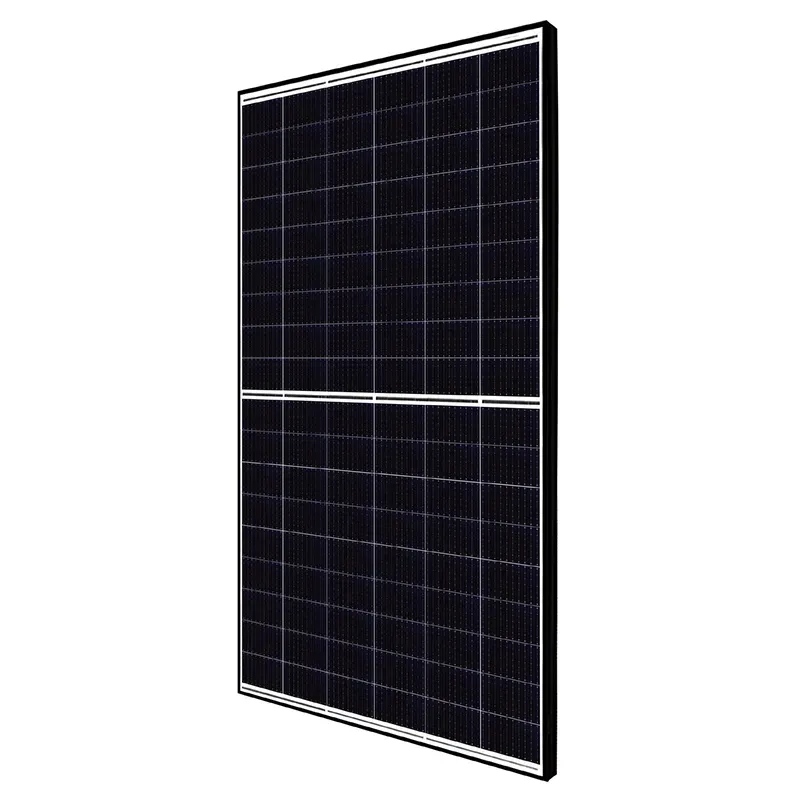Exploring the Benefits and Efficiency of Bifacial Solar Photovoltaic Panels for Sustainable Energy
The Advantages and Future of Bifacial Photovoltaic Panels
In the quest for sustainable energy, solar power has emerged as one of the leading solutions to meet global energy demands while minimizing environmental impact. Among the latest innovations in solar technology, bifacial photovoltaic panels have gained significant attention due to their unique design and enhanced efficiency compared to traditional monofacial panels.
Bifacial photovoltaic panels are characterized by their ability to collect solar energy from both sides of the panel. Unlike conventional solar panels, which only capture sunlight from the front, bifacial panels exploit the diffuse sunlight reflected off the ground and surrounding surfaces. This dual-sided functionality allows for greater energy generation, especially in environments with high albedo, such as snowy regions, sandy deserts, or reflective surfaces. In ideal conditions, bifacial panels can increase energy output by 10% to 30% compared to their monofacial counterparts.
One of the primary benefits of bifacial panels is their improved energy yield, which translates into a higher return on investment for solar projects. Although the initial cost of bifacial panels may be slightly higher than traditional panels, the increased energy production can offset this cost over time. Furthermore, the longevity of bifacial panels is generally superior, as they are often built with robust materials that enhance durability and resistance to environmental factors such as corrosion and extreme weather conditions.
In addition to their economic advantages, bifacial panels also contribute to sustainability goals. The design of these panels often allows for the reduction of the overall quantity needed for a solar installation. As a result, fewer materials are required, and the land footprint can be minimized, making it a more environmentally friendly option. Furthermore, bifacial technology encourages the use of solar power in a variety of applications, ranging from residential rooftops to large-scale solar farms. This versatility opens up opportunities to harness solar energy in diverse geographical regions and terrains.
bifacial photovoltaic panels

One concern associated with bifacial panels is their optimal placement and installation. While they can generate more energy than traditional panels, the ground surface beneath them plays a role in maximizing their efficiency. It is essential to consider the reflectivity of the surface, the angle of installation, and the overall system design. Proper planning and design can significantly enhance the performance of bifacial panels, ensuring that solar energy is harnessed efficiently.
As the solar industry continues to evolve, the future of bifacial photovoltaic panels looks promising. Advances in technology are leading to more efficient solar cells and innovative designs that further maximize energy capture. For example, the integration of tracking systems can increase the yield from bifacial panels by ensuring that they are oriented optimally towards the sun throughout the day. Additionally, ongoing research and development are focused on improving the materials used in bifacial panels, leading to even greater durability and efficiency.
The growing trend towards sustainability and the transition to renewable energy sources make bifacial photovoltaic panels an attractive option for investors and policymakers alike. Governments around the world are recognizing the potential of these panels to meet energy needs while reducing carbon emissions. Incentives and support for solar energy projects, including the installation of bifacial panels, are likely to increase in the coming years.
In conclusion, bifacial photovoltaic panels represent a significant advancement in solar technology. Their unique ability to capture sunlight from both sides leads to increased energy production and economic viability. As the world seeks cleaner energy solutions, bifacial panels offer a sustainable, efficient, and adaptable option for harnessing solar power. The ongoing innovations and support for solar energy will undoubtedly accelerate the widespread adoption of bifacial technology, paving the way for a greener energy future.
-
String Solar Inverter: The High-Efficiency Solution for Smart Solar EnergyNewsJul.14,2025
-
Revolutionizing Rooftop Energy with the Power of the Micro Solar InverterNewsJul.14,2025
-
Power Independence with Smart Off Grid Solar Inverter SolutionsNewsJul.14,2025
-
On Grid Solar Inverter: Powering the Future with Smart Grid IntegrationNewsJul.14,2025
-
Monocrystalline Solar Panels: High-Efficiency Power for the Future of Clean EnergyNewsJul.14,2025
-
Bifacial Solar Panel: A Smarter Investment for Next-Generation Energy SystemsNewsJul.14,2025







